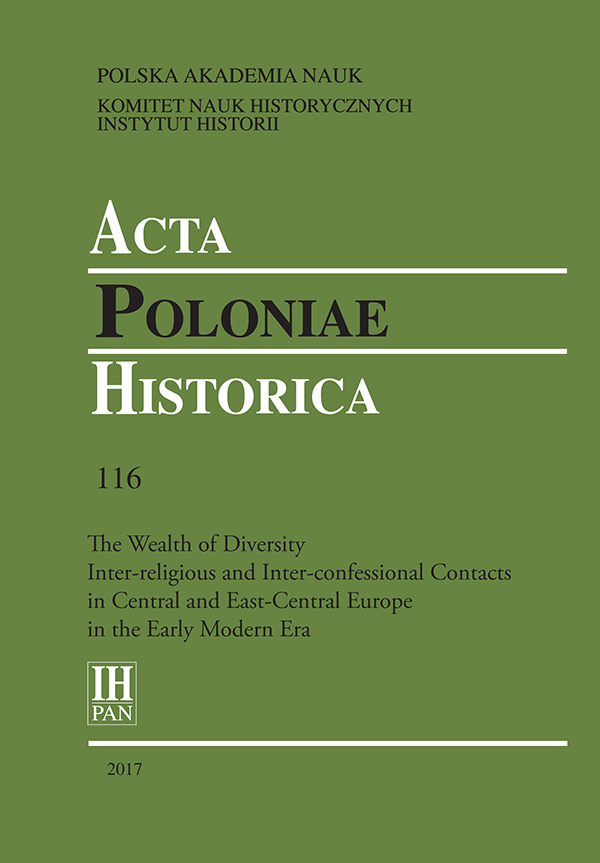Court Chapels in Saxony between 1697 and 1733: Augustus II the Strong between Catholicism and Protestantism
Court Chapels in Saxony between 1697 and 1733: Augustus II the Strong between Catholicism and Protestantism
Author(s): Kristina FriedrichsSubject(s): History, Cultural history, Political history, Social history, Modern Age, Theology and Religion, 17th Century, 18th Century
Published by: Instytut Historii im. Tadeusza Manteuffla Polskiej Akademii Nauk
Keywords: Catholicism; Protestantism; Augustus II the Strong; Saxony; court chapels; art history
Summary/Abstract: When Augustus II the Strong (1670–1733) converted from the Protestant to the Catholic confession, he guaranteed his subjects – all Lutheran – the free exercise of their religion and belief. He also respected their wish not to allow the ‘new’ old confession emerge too overtly in the motherland of Martin Luther and the Reformation. Consequently, the Catholic chapels he built during his reign in Saxony were constructed in private in order to assure the peaceful co-existence of the confessions. What may appear to be a tolerant religious policy was in fact almost the contrary: This article will briefly illuminate the historical and political background of Augustus’ decisions, while the main focus will be to examine the newly installed Catholic court chapels.
Journal: Acta Poloniae Historica
- Issue Year: 2017
- Issue No: 116
- Page Range: 93-120
- Page Count: 28
- Language: English

